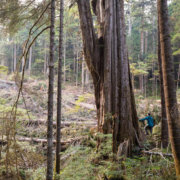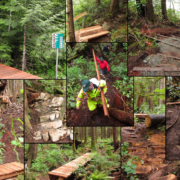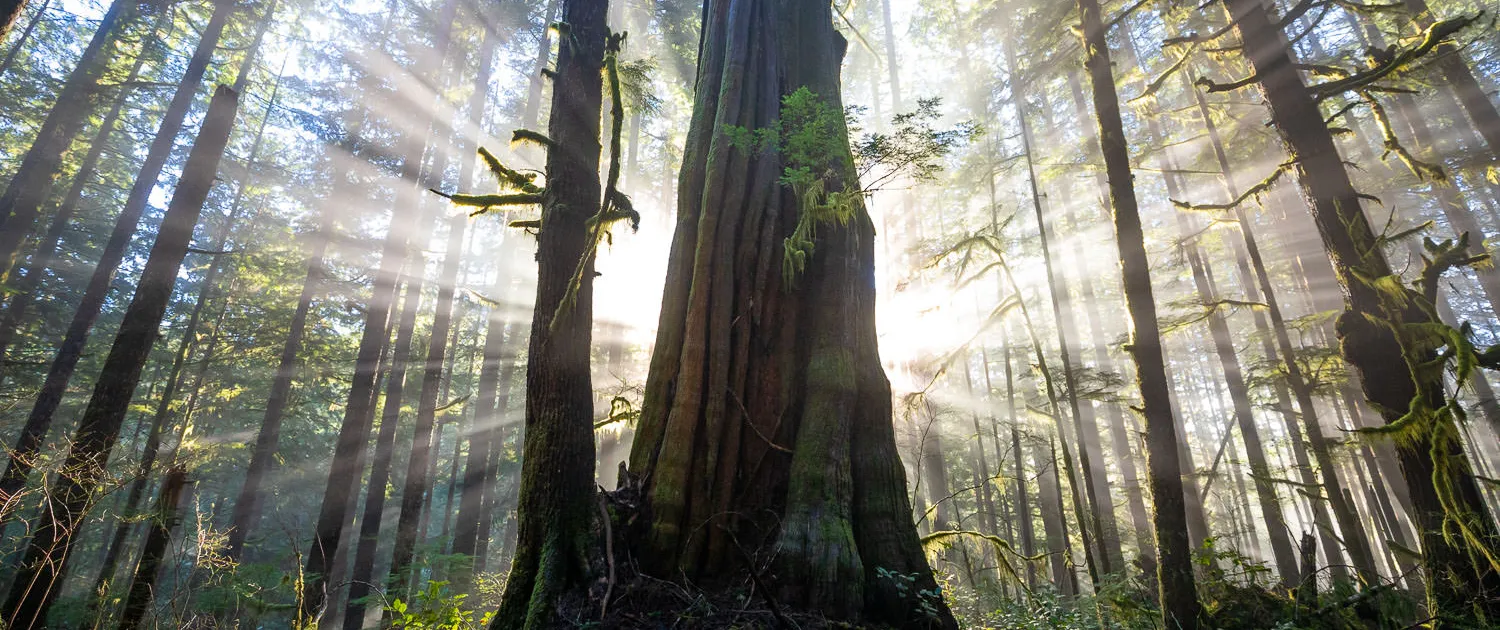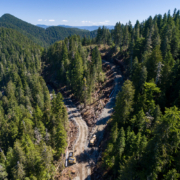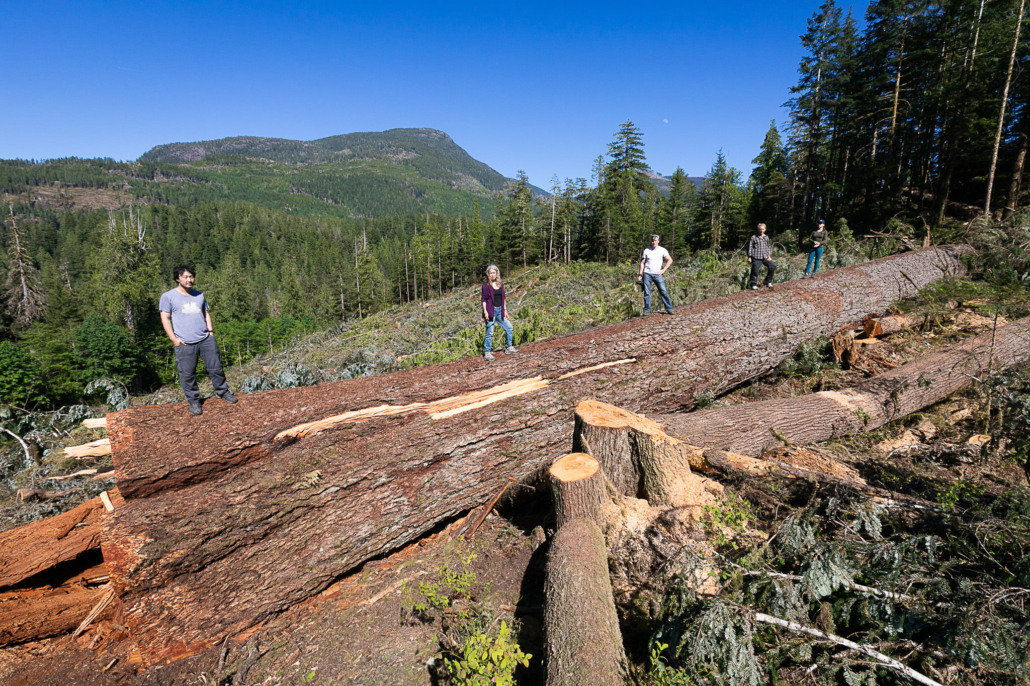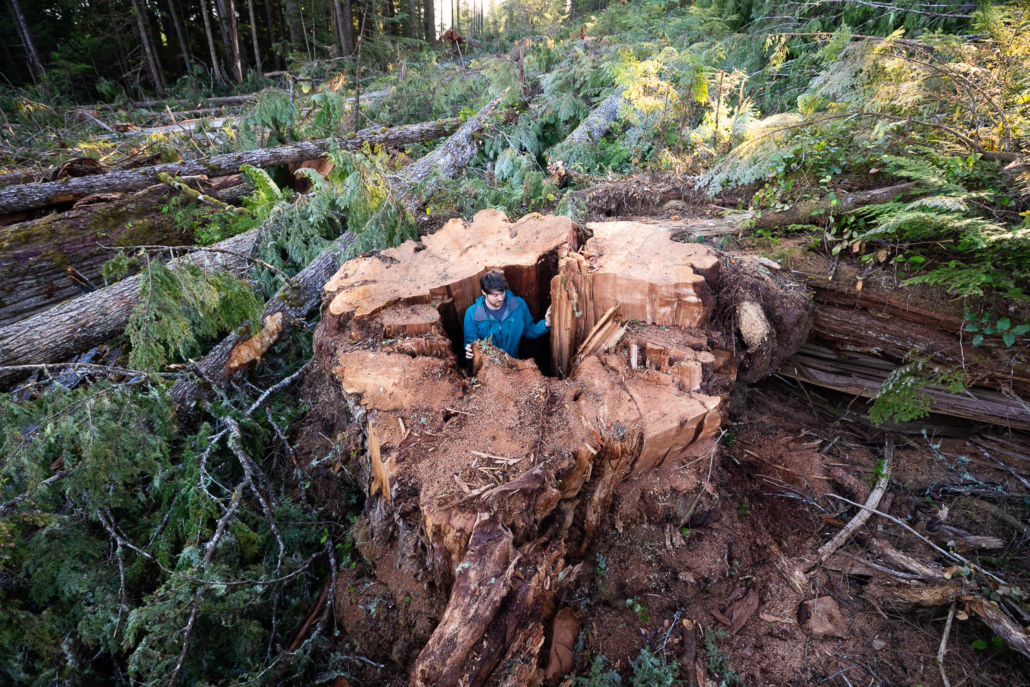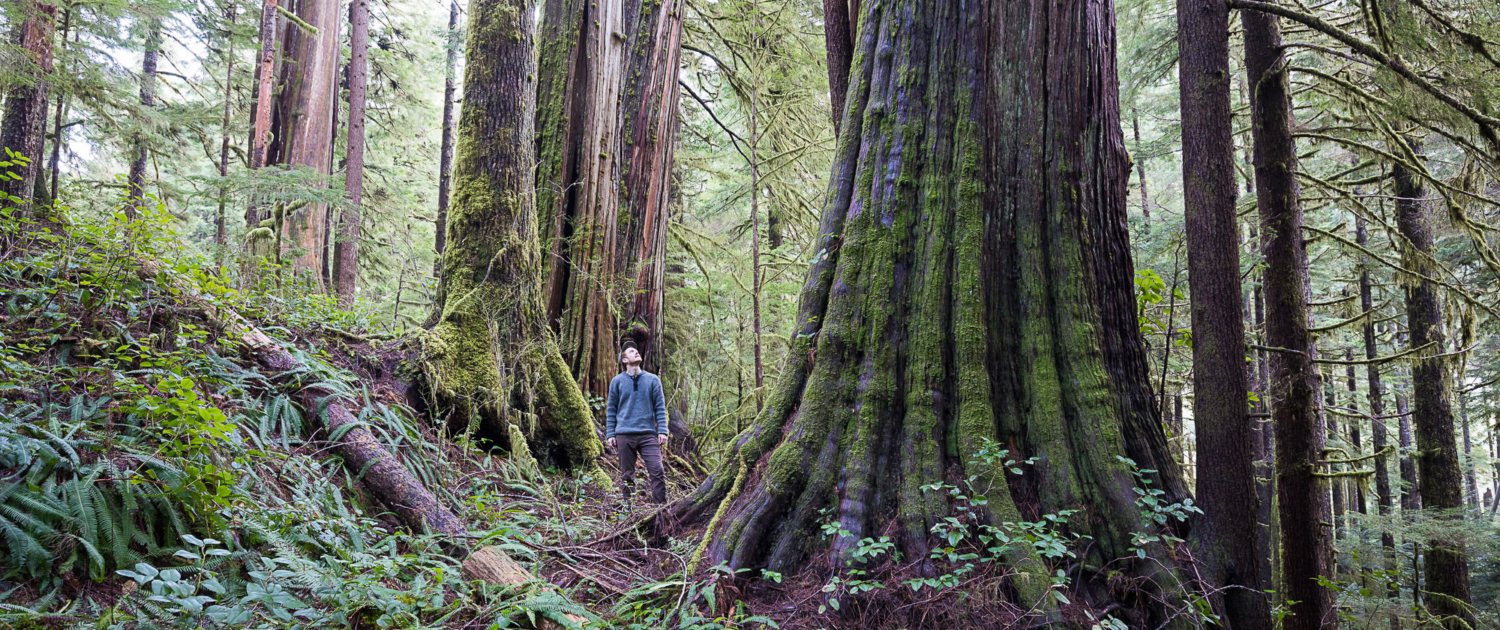 Feb 15 2023
Feb 15 2023Government Signals Critical Shift Toward Greater Value-Added Wood Manufacturing and Potential Old-Growth Protection
For immediate release
Wednesday, February 15th, 2023
Conservation group increasingly optimistic about old-growth protection as BC government adjusts forestry regulations, invests funding in value-added forestry, and commits to a conservation financing mechanism to help establish new Indigenous Protected and Conserved Areas (IPCAs).
Victoria / Unceded Lekwungen Territories – Premier David Eby announced critical changes to BC forestry policy today that could help fulfill promises to protect old-growth forests and create a more resilient value-added wood manufacturing industry. These changes include removing the “unduly restrict” clause that has historically limited the scope of conservation efforts by preventing forest reserves from interfering with timber supply; establishing a conservation financing fund to help with the establishment of new Indigenous Protected and Conserved Areas (IPCAs); investing $180m in support for value-added wood manufacturing to help the forest industry adapt to old-growth protection measures and using smaller-diameter trees while maintaining employment in the industry; and temporarily deferring an additional estimated 200,000 hectares of old-growth forests while longer-term land use plans can be developed.
“Removing the “unduly restrict” clause is as important a step symbolically as it is legally in helping facilitate the promised paradigm shift in the approach to old-growth forests and endangered ecosystems across the province,” stated Ancient Forest Alliance Campaigner TJ Watt. “For far too long the protection of old-growth forests, wildlife habitat, and other critical ecosystem services has been secondary to the push to industrially extract resources from the land. In light of the global biodiversity crisis we are in, we must first determine what needs protection before determining what, if anything, can be sustainably removed. We commend the BC government for taking this first step and hope it continues to take action by removing any remaining policy caps on regulatory protection measures such as Old-Growth Management Areas, Wildlife Habitat Areas, etc.”
The BC government has also committed to establishing a new conservation financing mechanism in the next six months to support First Nations’ capacity, sustainable economic development, and land stewardship, as well as the creation of new IPCAs. The vast majority of old-growth forests in BC are located on the unceded territories of diverse First Nations communities, whose consent and support is a legal necessity for the creation of any new protected areas. The BC government can’t unilaterally declare new legislated protected areas on the unceded territory of First Nations, many of whom are also heavily dependent on the revenues of old-growth logging for their economic survival. Conservation financing, which was critical to the protection of old-growth ecosystems in the Great Bear Rainforest, is needed elsewhere across BC to provide economic alternatives to old-growth logging, giving First Nations communities a fair choice and viable path to old-growth protection.
“For years we have been pushing for the province to commit to conservation financing that links protecting endangered old-growth forests through IPCAs with First Nations’ sustainable economic development,” notes Watt. “Creating conservation economies that allow new, sustainable jobs and businesses to flourish while preserving imperiled ecosystems is a win-win for humans and nature. The province must now dedicate a significant amount of its own funding to this plan, especially with its current budget surplus. Private funders and philanthropists will play an important role but cannot be expected to provide the scale of funding quickly enough in the time frame needed to keep all at-risk old-growth standing.”

Ancient Forest Alliance Co-Founder, Ken Wu, beside an old-growth redcedar in the unprotected Eden Grove near Port Renfrew in Pacheedaht territory.
The BC government has also committed $180 million to expand support for the value-added wood processing sector in BC, which includes support to mills to process smaller-diameter and second-growth trees. This is a crucial step to shifting the current model of old-growth logging in BC to a more sustainable second-growth industry that we have been advocating for, helping to protect endangered old-growth forests and forestry jobs at the same time.
On the deferral front, the province identified that a total of 2.1 million hectares of old-growth forest have now been deferred (temporarily paused) from logging but was unclear about how much of that included priority at-risk areas identified by the province’s science panel, the Technical Advisory Panel versus additional areas identified by First Nations for important cultural or ecological values. Based on the province’s last announcement, it remains possible that over half of BC’s most at-risk and biodiverse old-growth forests (i.e. the biggest and oldest trees in the rarest ecosystems) are still without temporary protection, underscoring the dire need for conservation funding. In addition, the government noted that 11,000 hectares of the most at-risk old-growth have been logged since they were first identified as candidates for immediate deferral, an area about as large as the entire city of Vancouver.
“Old-growth forests, with their 1000-year-old trees, are irreplaceable. The government must bring forth significant conservation financing to relieve the economic burden communities face in accepting old-growth logging deferrals and to help establish permanent protection measures through long-term land use plans and new Indigenous Protected and Conserved Areas,” stated Watt. “We are encouraged by the BC government’s latest commitments, now it’s time for it to fully fund the paradigm shift it has promised, set targets for the protection of each ecosystem type based on science, and ensure that protection is not skewed towards lower productivity areas of less ecological value and more towards the productive, biologically rich areas most heavily targeted by industry. The endangered ecosystems and countless creatures that depend on them for their survival—including us—are counting on the fulfillment of this promise.”
Background:
Conservation financing is an approach that was successfully used on BC’s Central and North Coasts, where $120 million was committed by the provincial and federal governments and conservation groups to support First Nations business development and economic alternatives to old-growth logging. The result was a globally significant conservation achievement, with 80% of what is now known as the Great Bear Rainforest being reserved from logging.
This funding helps to supplant the lost revenues and jobs from forgoing old-growth logging through the creation of alternatives such as eco-tourism, sustainable aquaculture, non-timber forest products, renewable energy, and even sustainable second-growth logging. It can also provide funds needed for First Nations’ guardian and stewardship programs.
Old-growth forests are vital to support endangered species, First Nations cultures, the climate, clean water, wild salmon, and tourism. Under BC’s current system of forestry, second-growth tree plantations are typically relogged every 50-60 years, never to become old-growth again.

